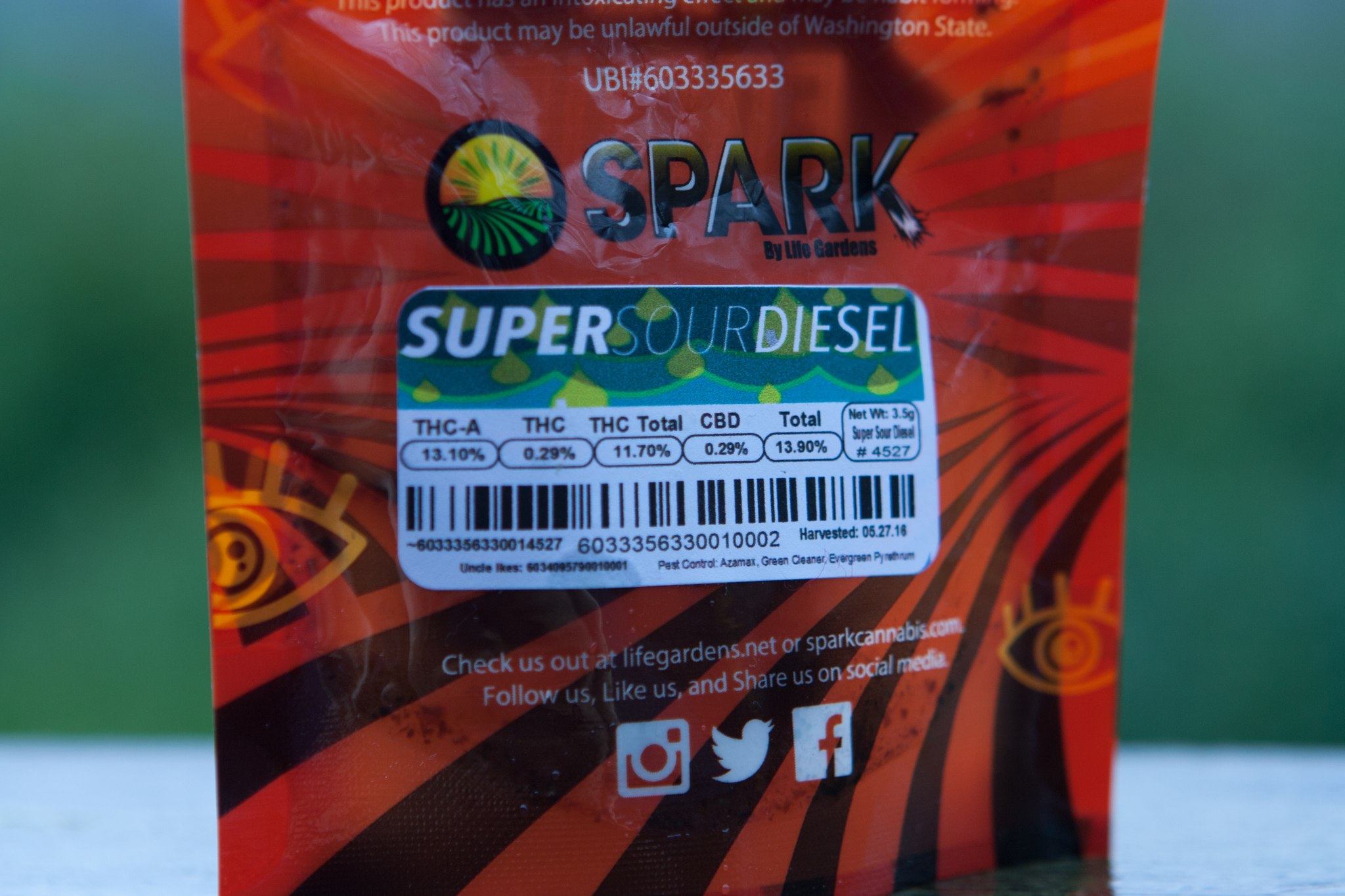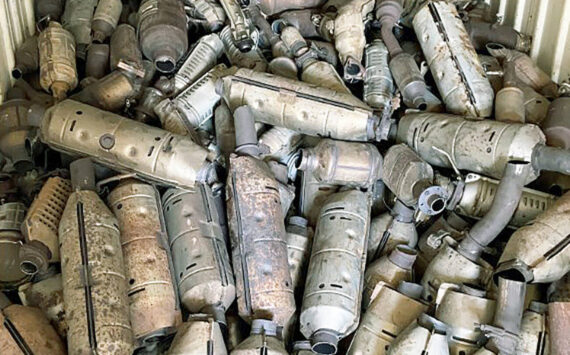If you were a fly on the wall of a pot shop, you would see a common shopping process repeated: The budtender presents a few baggies of cannabis, the shopper checks out how the bud looks, and then immediately turns the package over to read the package’s THC potency levels. In the world of legal weed, we no longer must rely on a dealer’s claim that “this is the good stuff.” We have chemical tests to compare the objective strength of every cannabis product on the shelves.
But just how accurate are those THC readings?
Industry insiders and analysts have questioned their accuracy since legal weed came on the market in 2014, claiming that some potency figures can be overstated by as much as 10 percent. Since more potent pot sells faster, there is a strong incentive for labs to get on producers’ good side by providing high THC readings.
“There are clear indications that a large number of potency values are higher than reality,” says Donald Land, a professor of chemistry at University of California-Davis. “That’s not because of errors, that’s intentional.”
Unscrupulous labs are not the only issue with THC readings. The natural variation between different buds on even the same plant can also make accurate readings difficult. While alcohol – be it wine, beer or liquor – is a processed liquid with fairly homogeneous characteristics in every batch, cannabis flowers are biological products, each with its own range of traits. Just like two tomatoes from the same plant can vary in sweetness and size, two flowers from the same cannabis plant can vary in their respective THC strengths.
The state’s Liquor and Cannabis Board is aware with issues surrounding THC readings, and last week proposed a set of new rules last week to require three tests instead of one for potency. The state’s proposed new rules attempt to reduce the effect of natural variability by requiring growers to submit three different buds to labs, which will then test each bud and average the three values into one THC number.
“The hope is that [average] is a more accurate potency of the plant,” said Joanna Eide, rules coordinator for the LCB. “It doesn’t operate the same way as alcohol does.”
The three-test rule addresses, or at least attempts to address, the natural variability issue with THC readings. But many critics within the industry say it won’t stop the knottier problem in cannabis potency testing – labs inflating results to be more favorable to their customers.
“Just doing the three samples alone won’t solve the problem of bad actors,” said Land, who is also a consultant and part owner of Steep Hill Labs in Tukwila. “Bad actors can manipulate three measurements just as easily as they can manipulate one.”
Jim MacRae, a data scientist who has used the state’s seed-to-sale traceability database to show how labs consistently inflate THC values, said the state should require different labs to do each of the three potency tests.
“If they’re going to do it, at least require that it be three different labs, that it will be independent,” MacRae said. “That is something that will keep the labs honest.”
MacRae made news in January of this year when he published a report on his blog showing some of the state-certified labs were consistently reporting higher THC values and failing fewer – or none at all – of the cannabis that they tested. MacRae analyzed about 8,000 test results during June, July and August of 2015 and grouped labs into categories of business-friendly or objective.
The most business-friendly lab in MacRae’s analysis – Testing Technologies of Paulsbo – became the first cannabis lab in the state to lose its certification in April of this year, for consistently failing to show good laboratory practices.
MacRae recently updated his analysis through July of this year, using tens of thousands of test results to produce an average THC value for each of his business categories. The labs rated as business-friendly consistently reported higher THC values than the objective labs, in some months the averages were four percentage points higher for business-friendly labs.
Producers looking to maximize their THC readings seem to have noticed those discrepancies, sending an overwhelming share of the lab work to friendly labs. The four labs rated as business-friendly in MacRae’s analysis received over 84 percent of the potency tests done in the first six months of 2016, the five objective labs received less than 12 percent of the potency tests.
Testing Technologies was the second most popular lab in the state before it lost its certification, according to Larry Ward, the lab’s owner. The lab was recertified in November.
MacRae says that in recent months many of the “business-friendly” labs he’s monitored have reined in their practices. However, a new lab has entered the market and begun reporting “egregiously” high THC levels, and has watched its market share skyrocket in response, MacRae says. This new lab, which MacRae has not named, has grown to 13 percent of the testing market within seven months of gaining state certification.
Interviews with other lab owners, processors and retailers confirm MacRae’s analysis. Andrew Cornwall, a part owner of West Seattle’s Origins Recreational store, said his store retests all cannabis from prospective new vendors and frequently sees large discrepancies in THC levels.
In two tests, shared with Seattle Weekly, one-gram bags from the same grower labeled with a total THC of 23.77 percent had only 14.6 and 17.7 percent THC when retested.
The LCB’s proposed rules are now in an open comment period and will have a public hearing on Jan. 11 of next year, before the board votes on adopting the rules on Jan. 25.
Vicki Christophersen, the executive director and registered lobbyist for the Washington Cannabusiness Association, said she was happy to see the state trying to improve their regulations.
“I do know that our companies feel very strongly that it is our role as an industry to prove it,” Christophersen says. “We are in the prove it phase: proving that we can produce a safe product, proving that we will work hard to keep it out of children. We are sort of on the point of the sword.”
news@seattleweekly.com




